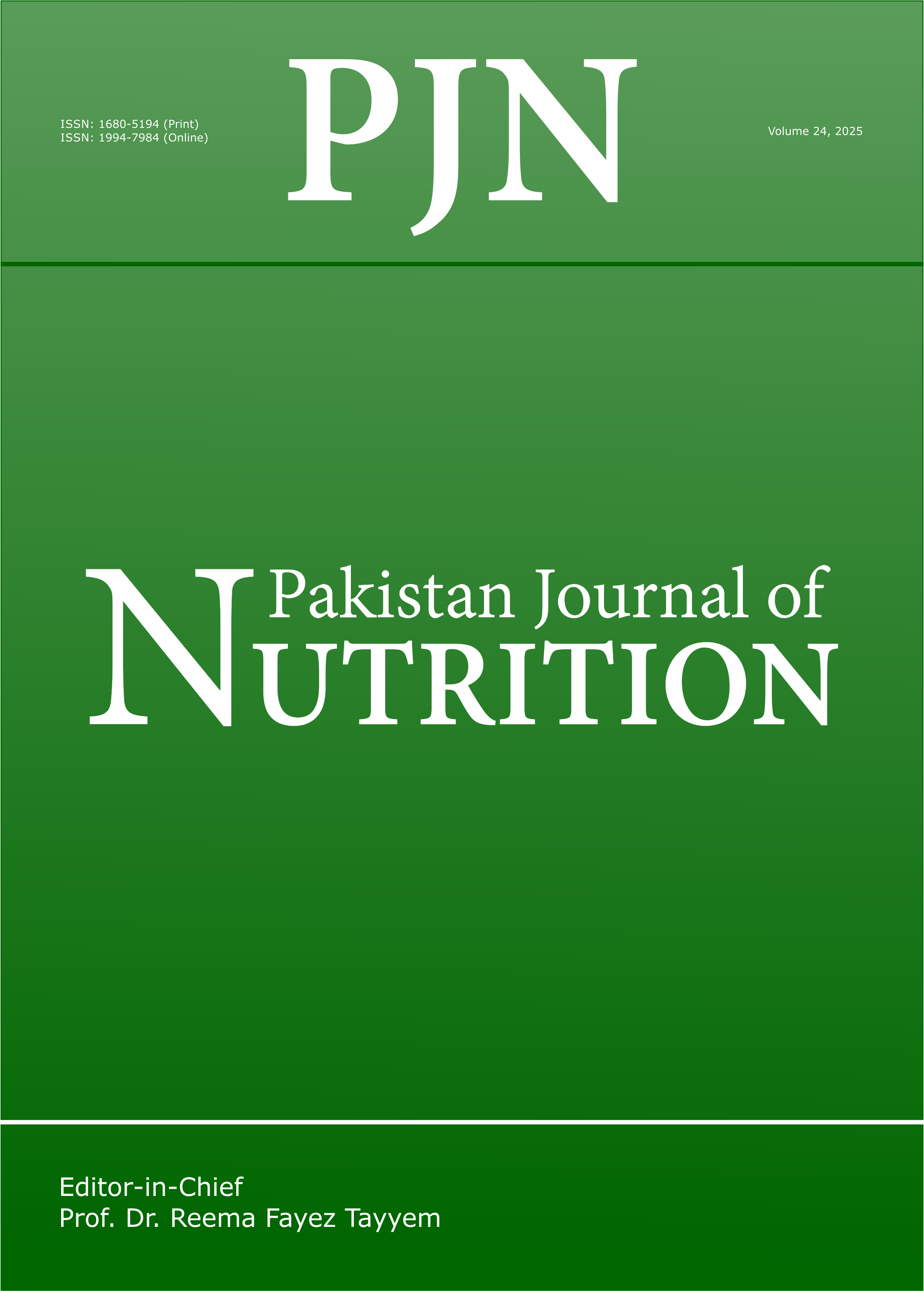Association Between Socioeconomic Factors and Obesity in Iran
DOI:
https://doi.org/10.3923/pjn.2009.53.56Keywords:
Iran, khorasan province, obesity, overweight, socioeconomic statusAbstract
The present study was conducted to determine the relationship between socio-economic factors and obesity within a population from Iran. Male and female subjects (n=4977) aged 15-65 years, were recruited from the Great Khorasan province of Iran using a cluster-stratified sampling method. Demographic and socioeconomic data were collected by questionnaire. Of the study population, 29.1% were overweight and 13.8% were obese. Being overweight and obese was significantly more prevalent among women than men and urban- compared to rural-dwellers. A high prevalence of overweight and obesity was seen among individuals who were divorced or widowed and among housewives, or individuals with poor education. Urbanization, age, illiteracy, female gender and divorced, or widowed status were significant predictors of obesity (p<0.001). The association of obesity with urban-dwelling which is consistent with previous reports was also found to be the most important determinant of obesity. The prevalence of obesity in urban residents of Iran is high, particularly among poorly educated women. A community-based approach using multiple strategies including appropriate education will be required to address this problem.
Downloads
Published
Issue
Section
License
Copyright (c) 2009 Asian Network for Scientific Information

This work is licensed under a Creative Commons Attribution 4.0 International License.
This is an open access article distributed under the terms of the Creative Commons Attribution License, which permits unrestricted use, distribution and reproduction in any medium, provided the original author and source are credited.

